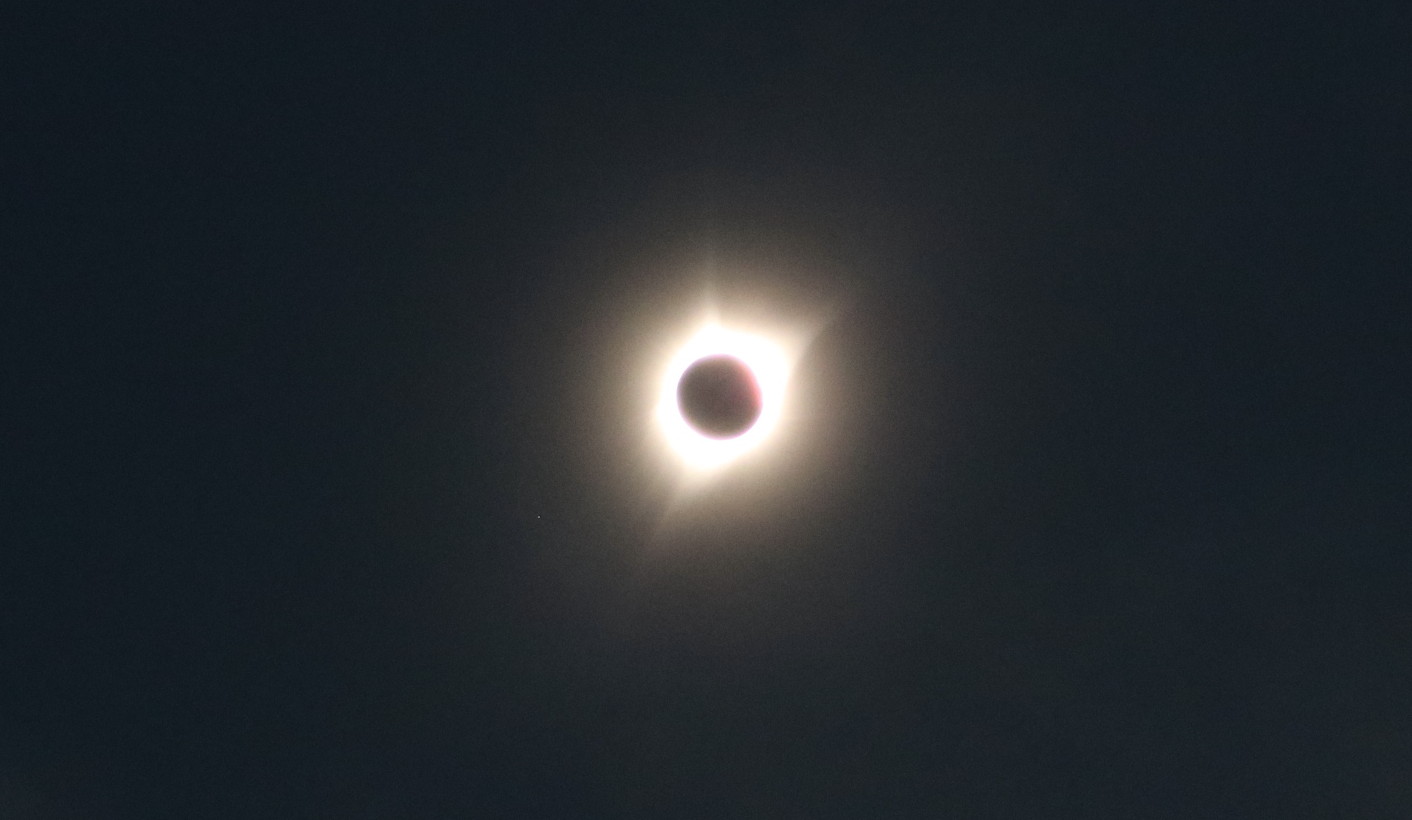We Explore Tasmania
 Our second day we drove south to Hobart and Tasman National Park. There we saw interesting natural features, tessellated pavement, sea arches and a blowhole formed when waves cut a tunnel through the cliff front so that water comes bursting through with each wave. At Eaglehawk neck we walked from one shore to the other in five minutes. A low sandy neck of land connects the area to the south to the north mainland. On the southern peninsula lies the town of Port Arthur which was a penal colony in the early days of British occupation. Eaglehawk neck housed a security patrol which was responsible for catching any escaped prisoners. There are many sites to visit on the Convict Trail which looks at the history as a prison colony. We visited just the single site at Eaglehawk neck before turning back toward home. We ended up arriving after dark. As dark set in, I chose to follow a large tractor trailer truck into the outskirts of Launceston. I figured we could let him take care of any animals, clearing the road for us. Anyway, we arrived home without incident.
Our second day we drove south to Hobart and Tasman National Park. There we saw interesting natural features, tessellated pavement, sea arches and a blowhole formed when waves cut a tunnel through the cliff front so that water comes bursting through with each wave. At Eaglehawk neck we walked from one shore to the other in five minutes. A low sandy neck of land connects the area to the south to the north mainland. On the southern peninsula lies the town of Port Arthur which was a penal colony in the early days of British occupation. Eaglehawk neck housed a security patrol which was responsible for catching any escaped prisoners. There are many sites to visit on the Convict Trail which looks at the history as a prison colony. We visited just the single site at Eaglehawk neck before turning back toward home. We ended up arriving after dark. As dark set in, I chose to follow a large tractor trailer truck into the outskirts of Launceston. I figured we could let him take care of any animals, clearing the road for us. Anyway, we arrived home without incident.
On our third day we decided to take life a little easier and stay local. We drove into Launceston to the Cataract Gorge on the Esk River. The Esk drains a large area of upland Tasmania bringing the water to the Tasman River through a deep narrow gorge. Past floods have been as catastrophic as recent floods in Colorado on the Big Thompson River. A dam for a power station was significantly damaged several years ago in one of these floods. We walked the area and enjoyed the natural beauty and learning about the history. We visited with several people along the trail and at one viewpoint spent time visiting with a couple from mainland Australia. The man was a descendent of one of the convicts imprisoned at Port Arthur. They were visiting Tasmania for the first time and he was quite excited about his ancestor and learning about his life. Once released from prison he had made a nice livelihood in the oyster business.
Our fourth day we drove east to Freycinet National Park. This park is the site of a famous beach at Wineglass Bay. We planned to hike to the beach. The trail took us up and over a mountain pass then down to the beach. There was a nice overlook on the Bay from just above the pass and we paused there to enjoy the view before descending to the beach. The descent was steep with uneven steps made of blocks of granite which were placed at intervals on the steep trail. We are especially slow and deliberate as we descend such trails as a slip means falling forward down the hill. Once we reached the beach, we stowed our gear on a large rock and went for a walk along the beach. There were a dozen or so other people on the beach enjoying the view, the breeze and the waves. One hardy soul waded out into the surf briefly and then returned. The weather was cool, ideal for hiking but not for swimming.
Returning from the beach we encountered a wallaby with a young joey in its pouch. Both were grazing on grass, the joey was eating the tops of the grass while the mother was pulling up the grass and eating the base of the blades of grass. The joey never came out of the pouch while we watched it but did retreat into the pouch with a nose or a foot poking out at various times. It was a vigorous hike and well worth the effort. We returned home about dark.
As a respite from the previous day hiking, we spent our fifth day exploring the Tamar Islands Wetlands. We anticipated a short walk on a boardwalk. It turned out to be a series of boardwalks and trails taking us across four islands in the Tamar River. The area was rich in water birds and we spent several happy hours identifying birds we had never seen before. The star of this area is the black swan. We saw hundreds of them in the water and surrounding dry land. We arrived at low tide and before we left, areas which were vast expanses of mud became covered with water. Wading birds and ducks were abundant in the shallow water of low tide. As the tide came in the cast of characters changed to the birds that feed in deep water. The islands provided us looks at birds that are land dwellers so we saw a nice variety of birds.



0 Comments
Recommended Comments
There are no comments to display.
Please sign in to comment
You will be able to leave a comment after signing in
Sign In Now